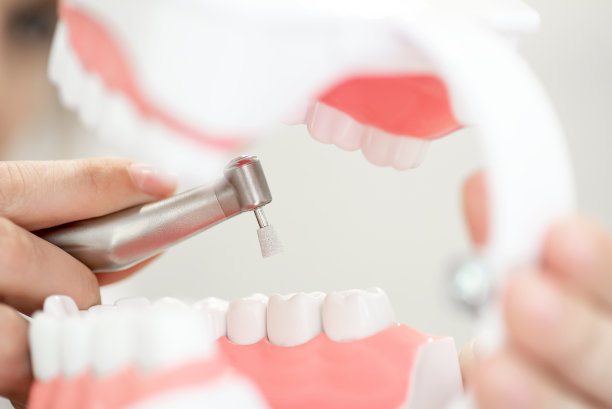Revolutionizing Smiles with Dental Implants A Comprehensive Guide to Modern Implant Treatments and Their Benefits
Summary: Dental implants have transformed the way we approach smile restoration, offering unmatched functionality and aesthetics. This comprehensive guide delves into the revolutionary aspects of modern implant treatments, highlighting their types, procedural advancements, and significant benefits. From improving oral health to restoring confidence, dental implants meet the needs of patients looking for long-term solutions. This article will navigate through the essential facets of dental implants, equipping readers with the knowledge to make informed decisions regarding their dental health.
1. Understanding Dental Implant Types

Dental implants come in various types, each designed to serve specific needs in oral restoration. The most common type is the endosteal implant, which is surgically placed into the jawbone and acts as a root for replacement teeth. This type is favored for its durability and strength, making it suitable for most patients.
Another common type is the subperiosteal implant, which is placed on or above the jawbone and supports dental prosthetics in patients who may not have enough bone height. This type is particularly beneficial for individuals who cannot undergo bone augmentation procedures.
Lastly, zygomatic implants provide an alternative for patients who have significant bone loss in the upper jaw. These implants are anchored in the cheekbone, allowing for immediate stabilization of implants without major surgery. Understanding these types is crucial for patients to choose the best option for their unique dental conditions.
2. The Dental Implant Procedure Explained
The dental implant procedure is a multi-step process that generally requires several visits to the dental professional. The first step involves a comprehensive assessment, including imaging studies, to evaluate the patients jawbone and overall oral health. This ensures that the patient is a good candidate for the procedure.
Once assessed, the next step involves the surgical placement of the implant itself. This is usually done under local anesthesia and may require a few hours depending on the number of implants being placed. After the surgery, a healing period of several months is needed for the implant to integrate with the jawbone.
The final stage is the placement of the abutment and crown, completing the restoration process. This stage restores functionality and aesthetics, giving patients a natural look and feel. Understanding this process can help alleviate fears and set realistic expectations for those considering dental implants.
3. Benefits of Dental Implants for Oral Health
One of the most significant benefits of dental implants is their ability to restore oral function. Dental implants provide a robust solution for missing teeth, allowing individuals to chew, speak, and smile confidently. Unlike traditional dentures, implants dont slip or slide, providing added stability.
In addition to functionality, dental implants help maintain the integrity of the jawbone. When teeth are lost, the jawbone can deteriorate due to lack of stimulation. Implants fuse with the bone, providing the necessary support to prevent bone loss and maintain facial structure.
Furthermore, dental implants improve overall oral health by facilitating better oral hygiene practices. Unlike bridges or dentures, which can be cumbersome, implants can be cleaned just like natural teeth, promoting healthier gums and a lower risk of periodontal disease. This combination of benefits makes dental implants a desirable option for many seeking restorative dental treatments.
4. Long-Term Value of Dental Implants
Dental implants offer exceptional long-term value compared to alternative tooth replacement options. While the initial investment may be higher, the durability and longevity of implants often outweigh short-term costs. With proper care, dental implants can last a lifetime, making them an economically wise choice.
The improved quality of life associated with dental implants is also a critical factor in their long-term value. Patients report enhanced confidence and satisfaction, directly contributing to their social and personal lives. This psychological benefit cannot be understated when considering the costs involved.
Lastly, dental implants often require less maintenance than traditional restorations, further reducing long-term costs. Fewer dental visits mean more savings over time, making dental implants a practical and valuable investment in one’s health and happiness.
Summary:
In conclusion, dental implants stand as a revolutionary solution for smile restoration, offering a variety of types to suit different patient needs. The detailed procedure ensures optimal outcomes, while the multitude of benefits enhances both oral health and overall quality of life. Patients considering dental implants should recognize their long-term value, both economically and personally.
This article is compiled by Vickong Dental and the content is for reference only.



